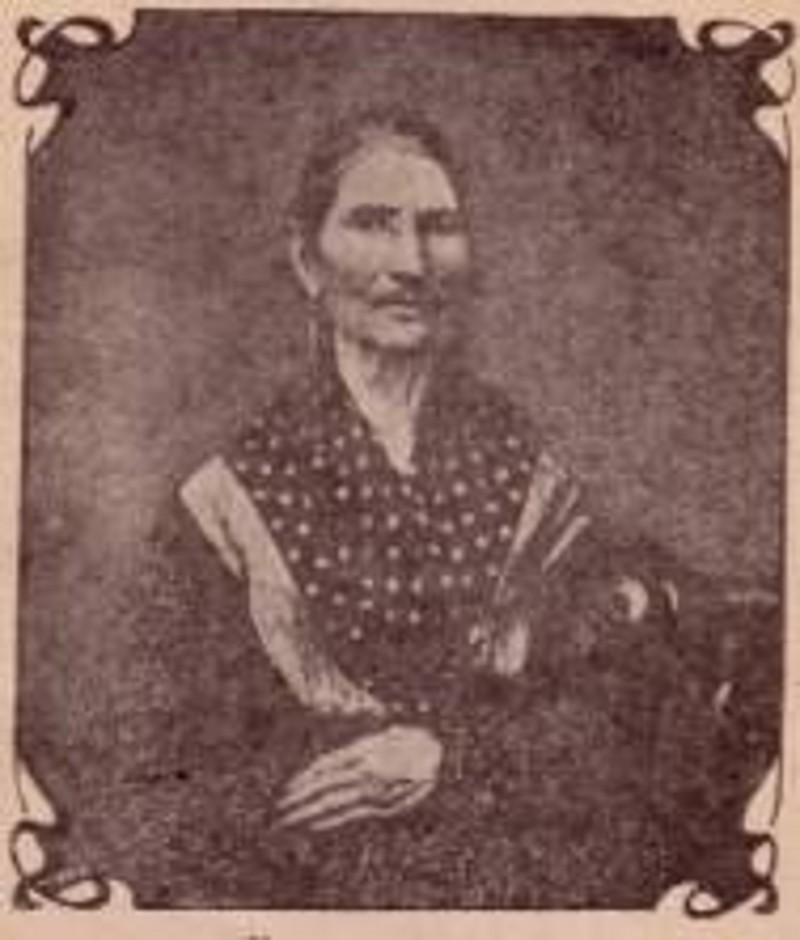Manuela Sancho y Bonafonte
Manuela Sancho was born in Plenas ((Zaragoza) on 16 June 1784. She was the second of five children from the marriage between Antonio and Maria, both of whom were born in this village and were farmers. She was a heroine in the Spanish War of Independence during the Sieges of Zaragoza.
During the first siege, young Manuela collaborated in the provisioning tasks, but during the second siege, faced with the ferocious attack by the French army, she took up arms with admirable resolution, participating in the defence of the San José convent. The commanding officer, Mariano Renovales, informed Palafox of the behaviour of the heroine, in the following terms:
"I particularly recommend Manuela Sancho who, both during the attack on 31 December last year, and during yesterday's attack, supplied artillery and mortar as the best artillery man would have done, carrying cartridges for the former and stones for the latter, without showing the slightest mutation despite some falling at her side. She set fire to some canyons, and she did this with a shot gun from the trenches just like all the others; and appearing to me as a heroine, worthy of the insignia that Yr Excell. …"
Inflamed by the recognition and the lack of men who were able to take up arms, she was seen in a bloody fight in Pabostre street (Manuela Sancho street, today), alongside the Dragons of Numancia. When there were no longer any walls or windows standing, when no inch of the street remained to be defended, she retreated to the nearby Coso street, where she was seriously wounded in the stomach. Buried under piles of bodies, she was believed to be dead, doubting, after the rescue, that young Manuela would have been able to survive the terrible wound caused by the impact.
After three marriages, from which there were no descendants, and a life given over to remembering her heroic deeds, Manuela Sancho died on the 7th of April 1863, at the age of 79. Zaragoza City Council organised a multitudinous burial, which showed how highly she was considered by her co-citizens, as the last of the heroines of Zaragoza.
On 15 June 1908, her remains were taken from the cemetery of Torrero to the Crypt of the Chapel of the Anunciacion, in Ntra. Sra. del Portillo church. She is accompanied in the mausoleum by Agustina Zaragoza Domenech and Casta Alvarez Bravo.
